Nearsightedness can be corrected with concave lenses. […]
What Type of Lens Is Used to Correct Nearsightedness?
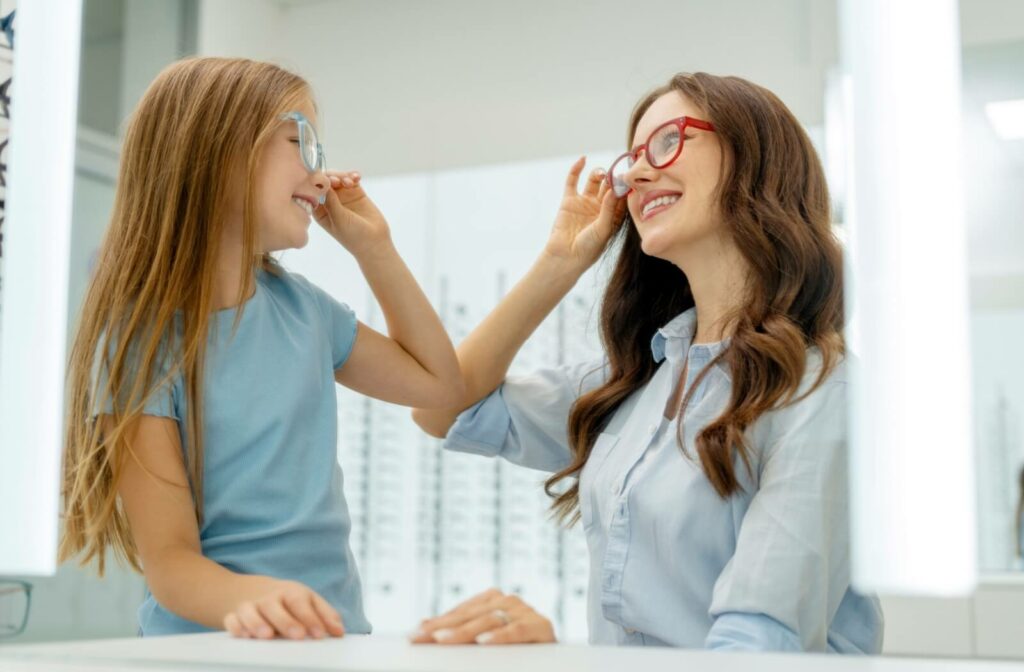


Nearsightedness can be corrected with concave lenses. […]
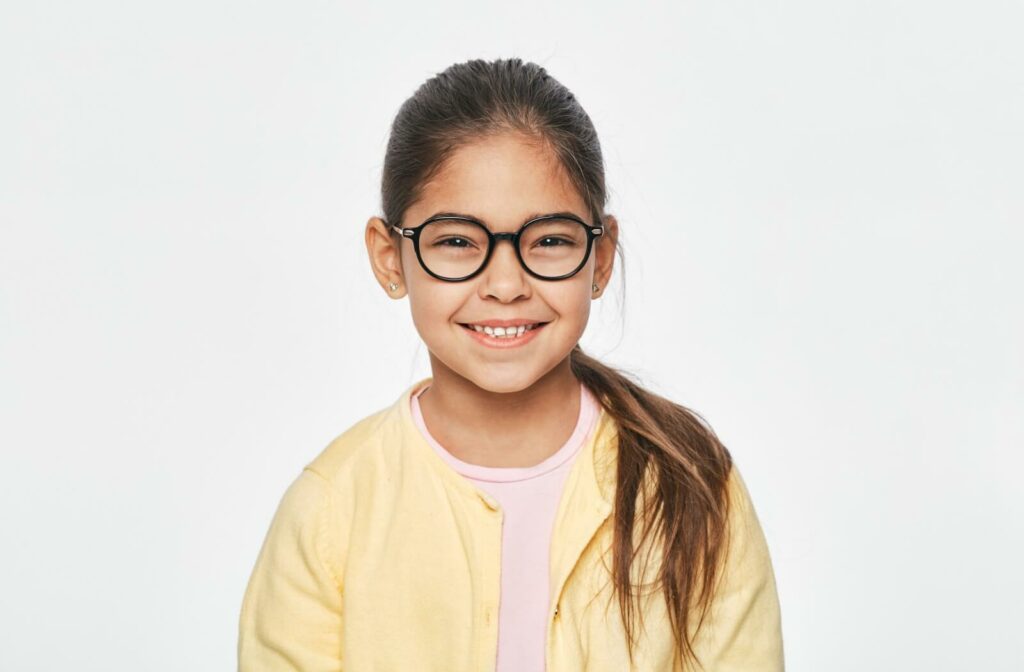
What’s Myopia? Myopia or nearsightedness is a condition in which further away objects seem blurry, while objects seen up close are perfectly clear. This condition affects children and adults alike, and it has a genetic component. While completely curing or reversing myopia isn’t possible, regular visits to the eye doctor and following their recommendations can […]
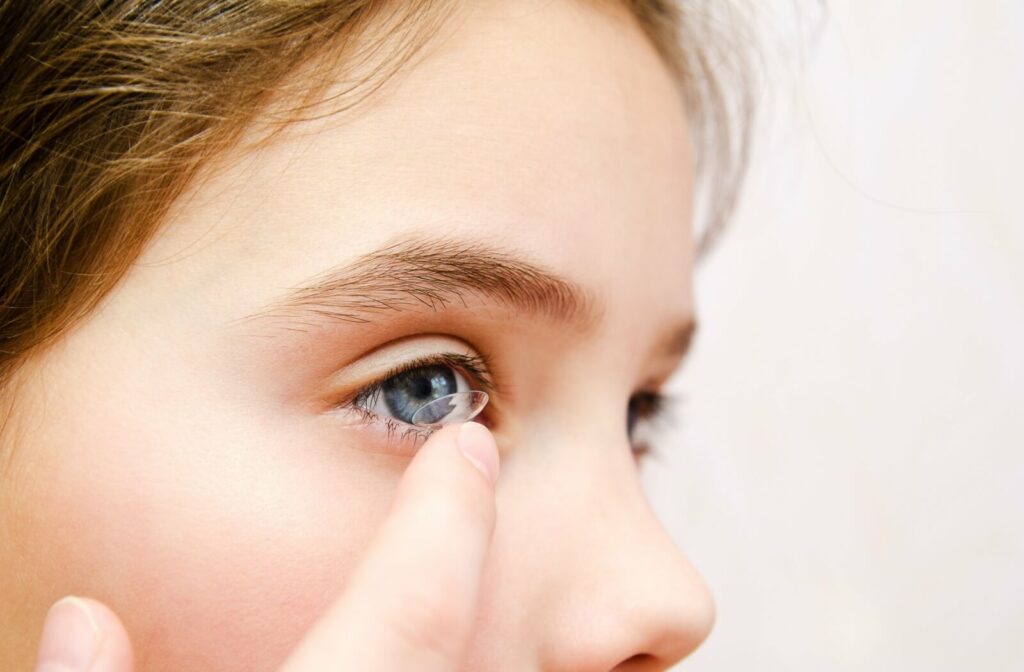
The most common refractive error for eyes is myopia, also known as nearsightedness. When it comes to vision correction, many people opt for contact lenses. However, finding the ideal pair can be challenging due to the numerous options available. One specialized type is the MiSight contact lens, designed especially for children with myopia. These daily-wear […]

Essentially, myopia leads to blurred vision when looking at distant objects, whereas hyperopia causes objects close by to appear blurry. They stem from similar causes but affect vision in opposite ways. The presence of either condition can greatly affect someone’s ability to see with clarity. […]
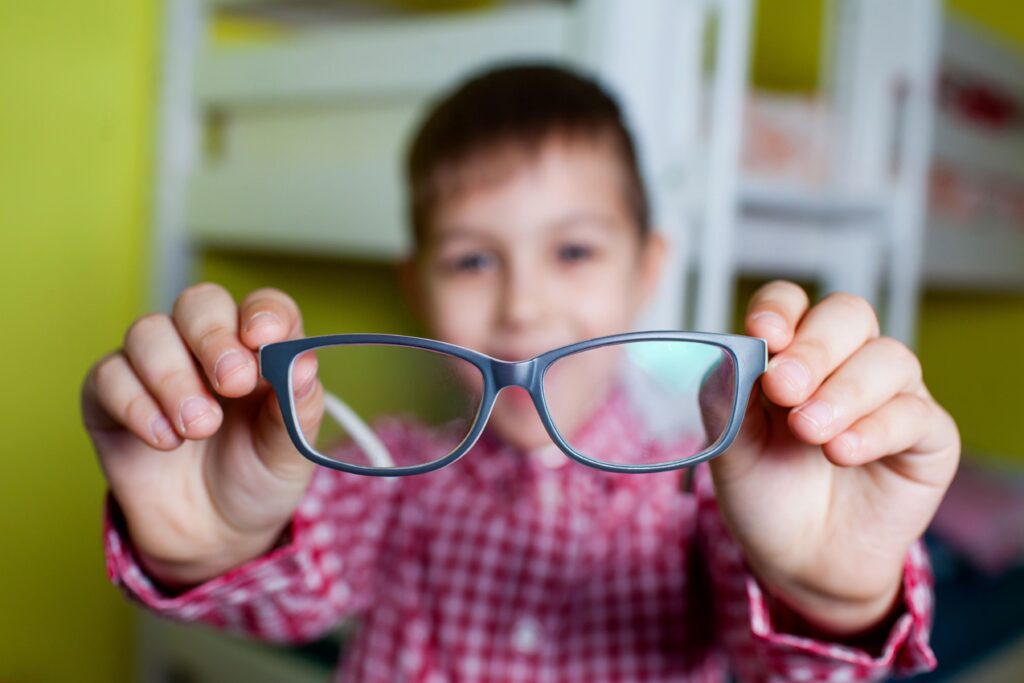
Because myopia is a refractive error that affects the physical shape of your eye, it cannot be cured. […]
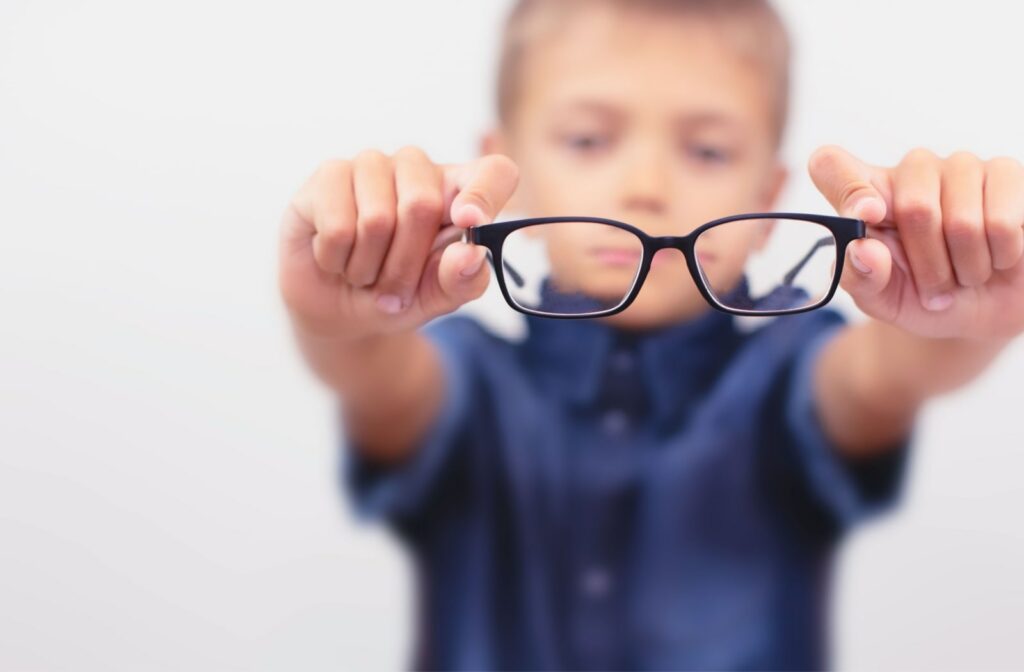
Myopia control helps children see clearly and reduce their lifetime risk of developing myopia complications and other serious eye conditions like glaucoma and cataracts. […]
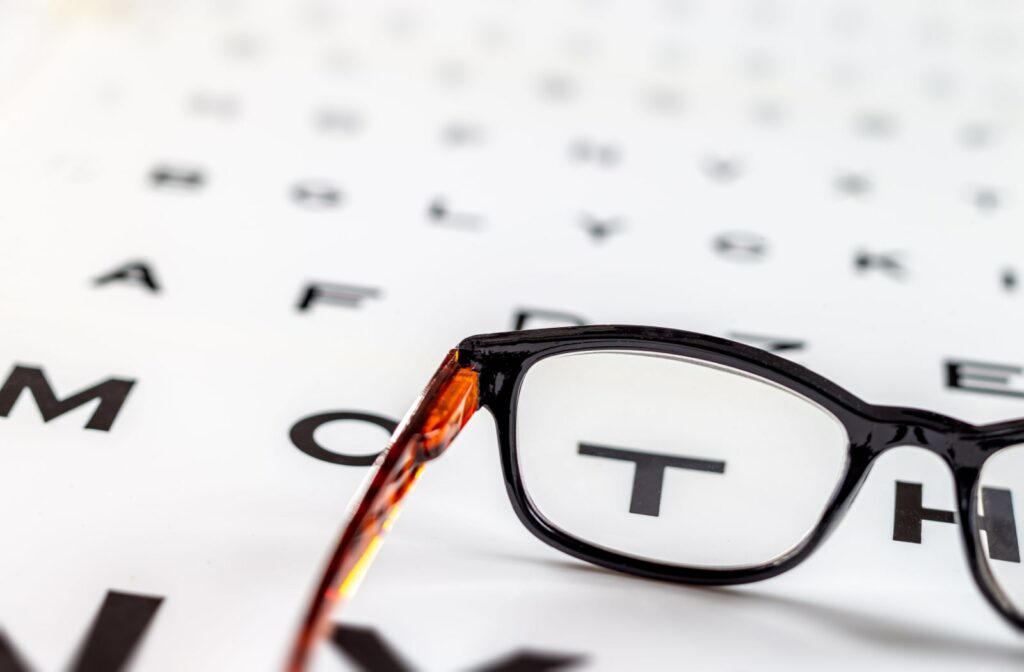
Myopia control aims to slow the progression of nearsightedness using noninvasive techniques, like specialty lenses or atropine eye drops. Slowing myopia’s development can save your child from needing a strong prescription as they age and help prevent risks of high myopia, including retinal detachment, glaucoma, or cataracts. […]
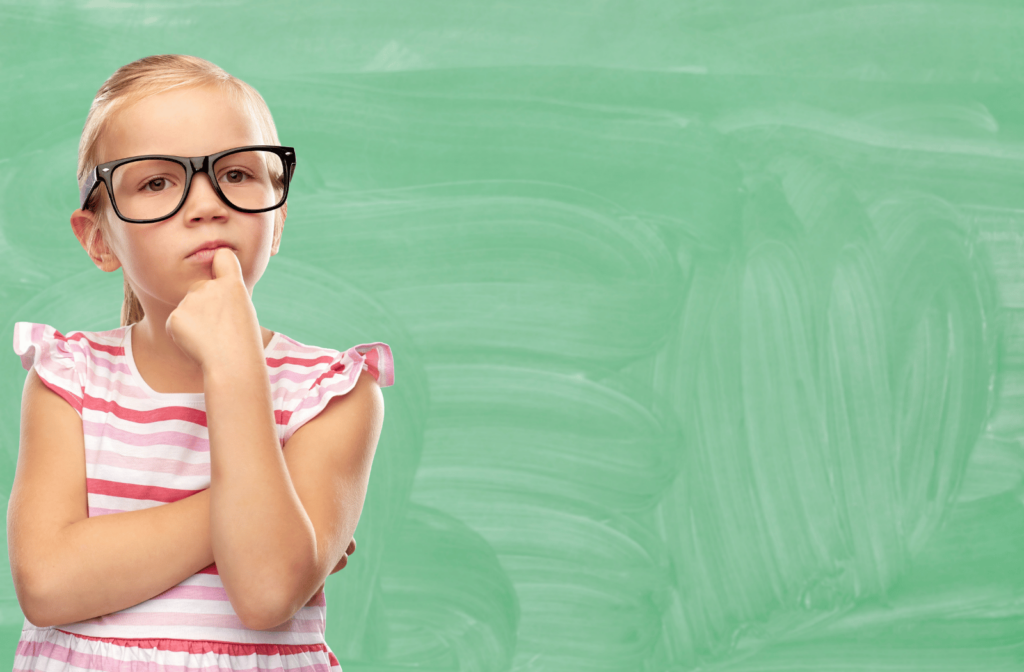
Do you find yourself squinting to read street signs or having trouble seeing the board at school? Are you constantly rubbing your eyes, experiencing headaches or eye strain? If so, you may be experiencing the symptoms of myopia or astigmatism. These two eye conditions are more common than you may think. They’re both refractive errors, […]
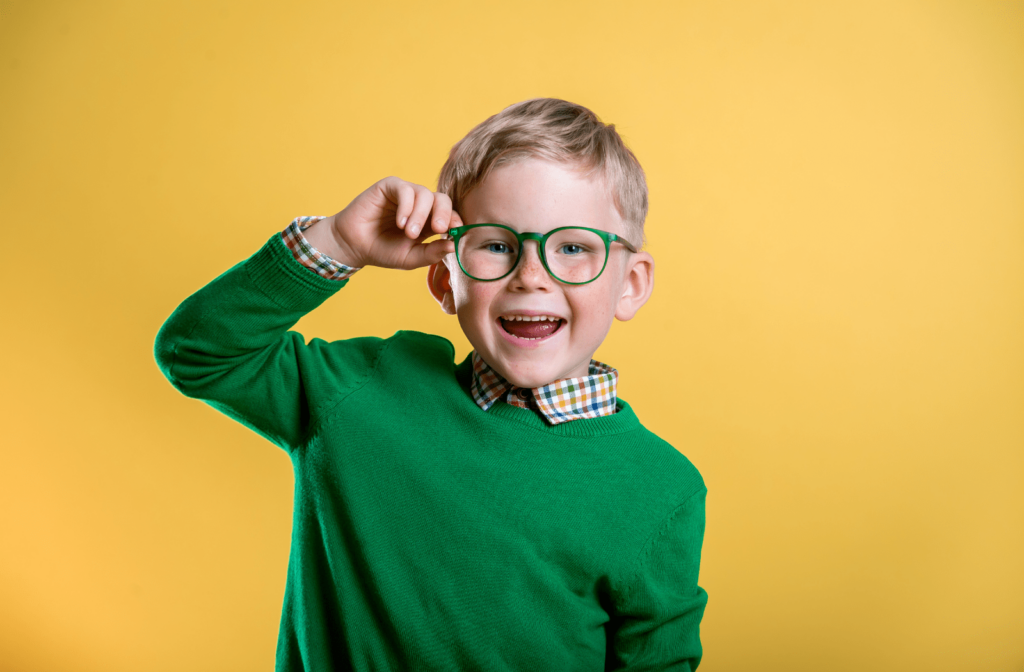
Myopia affects roughly one-third of Canadian children, and its prevalence is increasing globally. More than half of the world’s population will be myopic by 2050. Unfortunately, childhood myopia often worsens as children grow older. […]

High myopia is a more severe form of nearsightedness. If your child is struggling to read the board during school or squinting to focus on the TV at home, causing them headaches and eye strain, they could be experiencing symptoms of high myopia. There are serious risks associated with high myopia to consider. Your eye […]